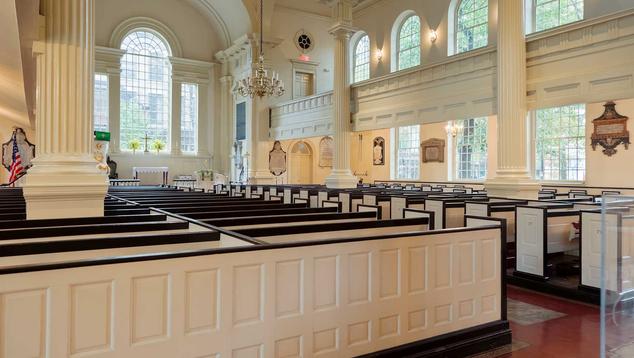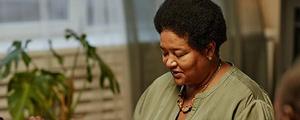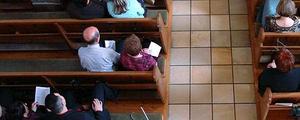Story Highlights
- Church attendance down an average four points since before the pandemic
- Declines in attendance are seen among most key subgroups
- Churchgoers are mainly back in person, but 5% still attend virtually
WASHINGTON, D.C. -- U.S. church attendance has shown a small but noticeable decline compared with what it was before the COVID-19 pandemic. In the four years before the pandemic, 2016 through 2019, an average of 34% of U.S. adults said they had attended church, synagogue, mosque or temple in the past seven days. From 2020 to the present, the average has been 30%, including a 31% reading in a May 1-24 survey.
The recent church attendance levels are about 10 percentage points lower than what Gallup measured in 2012 and most prior years.
The coronavirus pandemic caused millions of Americans to avoid public gatherings, and many houses of worship were closed to help limit the spread of COVID-19. Still, Americans were able to worship remotely through services broadcast over the internet, television or radio. Most of those who reported attending religious services in 2020 said they did so virtually. Even accounting for remote attendance, however, church attendance figures were lower than in prior years.
It is not clear if the pandemic is the cause of the reduced attendance or if the decline is a continuation of trends that were already in motion. However, the temporary closure of churches and ongoing COVID-19 avoidance activities did get many Americans out of the habit of attending religious services weekly.
Attendance rates since 2020 are lower among nearly every major subgroup. The main exceptions are groups that had low levels of church attendance before the pandemic, including adults with no religious affiliation and political liberals.
Church attendance is down four points among Protestants (from 44% to 40%) and seven points among Catholics (from 37% to 30%), the two largest faith groups in the U.S. Sample sizes for those in other religious groups are too small to provide reliable estimates for the period covered in this analysis.
Republicans, Democrats and independents show similar declines in church attendance since the pandemic began -- between three and five percentage points -- though Republicans (40%) remain much more likely than Democrats (25%) or independents (25%) to attend religious services.
Attendance Has Shifted From Virtual to In-Person
The first time Gallup asked about church attendance after the pandemic began, in April 2020, 31% of U.S. adults said they had attended religious services in the past seven days, with 27% doing so virtually and 4% in person. For much of 2020, far more attended virtually than in person, with overall attendance rates ranging from 25% to 31%.
In May 2021, after COVID-19 vaccines were widely available, overall church attendance was steady at 30%, with about twice as many attending in person as remotely.
Since then, the percentage attending in person has continued to grow, to 26% in the May 2023 survey. Now, just 5% say they attend virtually. Those numbers are essentially the reverse of what Gallup measured in the early months of the pandemic.
The current figures indicate that 84% of U.S. adults who recently attended religious services did so in person, while 16% did so remotely. The proportions of in-person and remote attendance are generally similar by subgroup.
Bottom Line
The pandemic had a profound effect on U.S. society, and it continues to have an impact in some ways. Americans have been less likely to attend religious services over the past three years, and at this point, it does not appear that church attendance will revert to pre-pandemic levels. These recent trends have added to the longer-term decline in religious participation that Gallup has documented over the past two decades.
To stay up to date with the latest Gallup News insights and updates, follow us on Twitter.
Learn more about how the Gallup Poll Social Series works.
View complete question responses and trends (PDF download).




